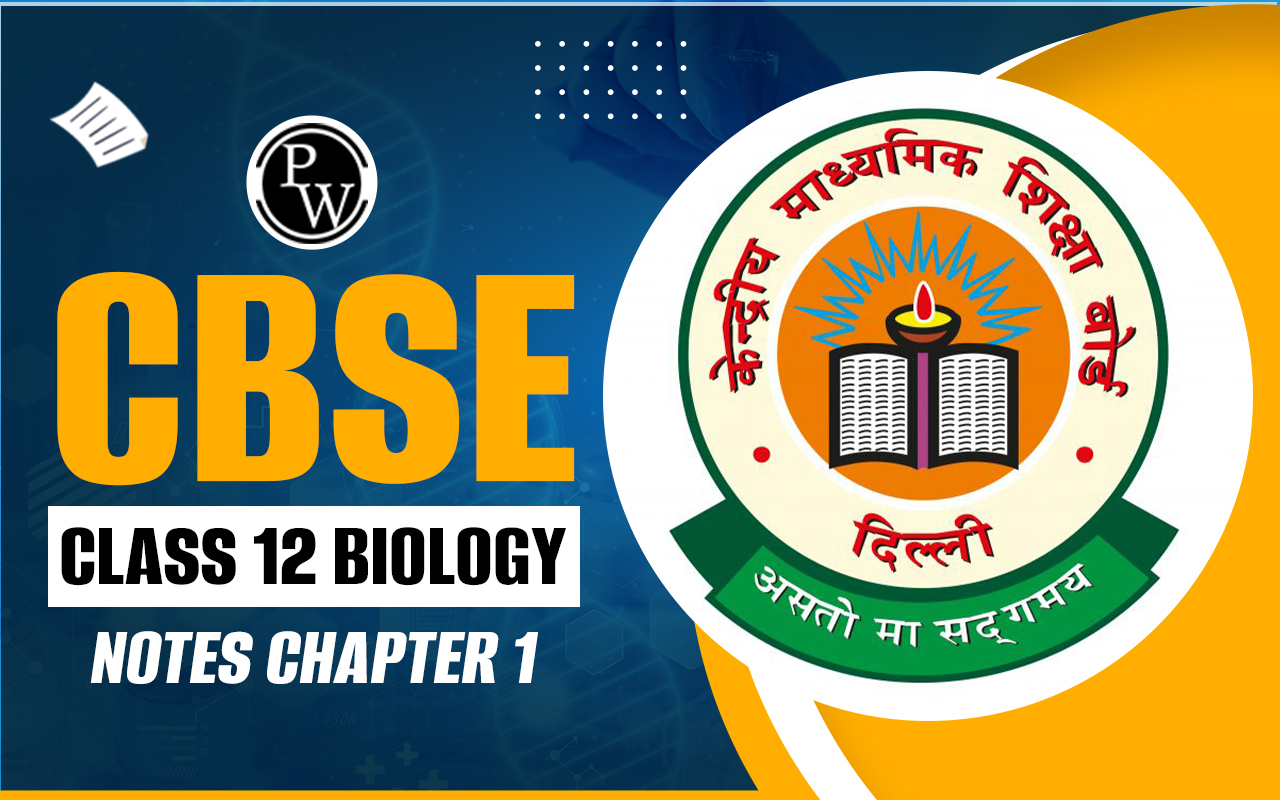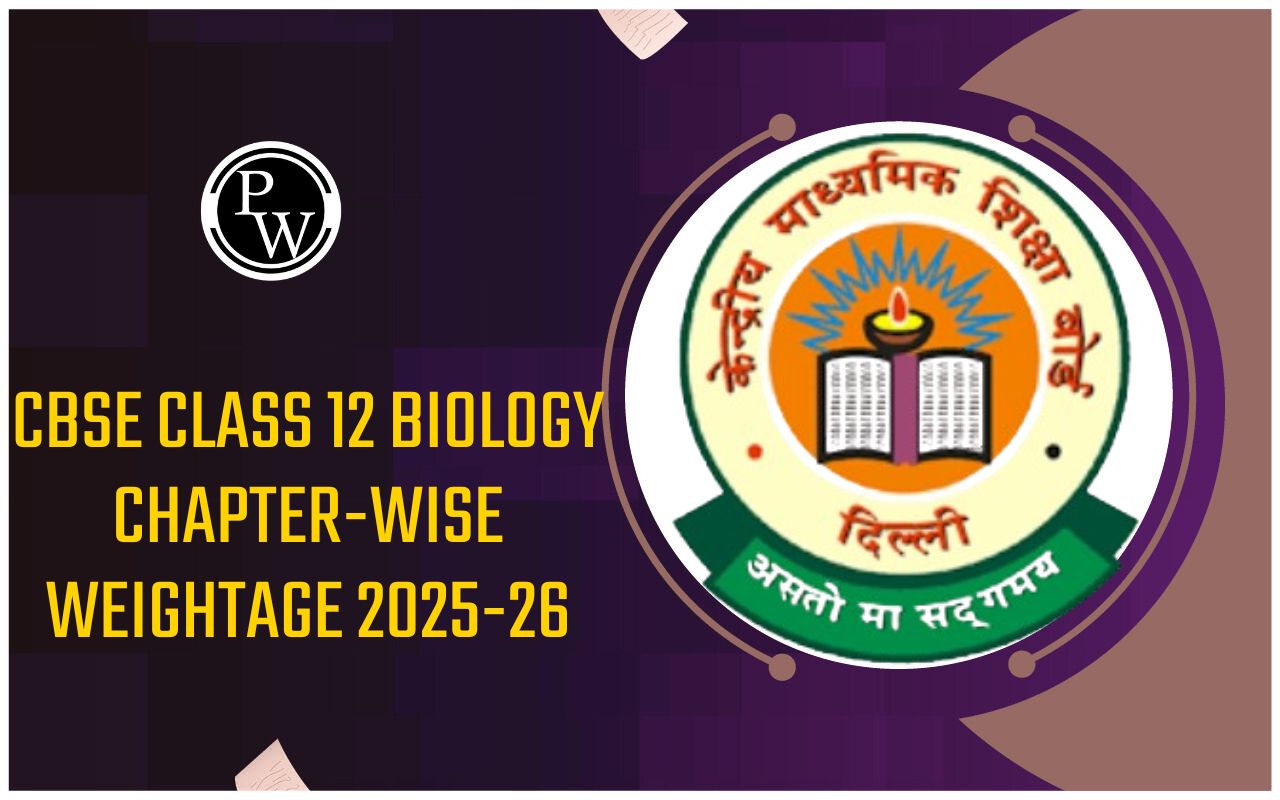

If you are looking for Fish Production Fish Farming , you have come to the right place!
This article will discuss Fish Production and Fish Farming, its types, methods, and benefits, along with frequently asked questions. This article aims to provide a brief overview of the practices and important information you might need to know about Fish Production and Fish Farming.Introduction
Pisciculture is fish cultivation for commercial or subsistence purposes. It is also known as aquaculture or fish farming . Pisciculture involves the breeding, rearing, and harvesting of fish, crustaceans, molluscs, and other aquatic organisms in controlled environments, such as tanks, ponds, or cages. Pisciculture aims to sustainably produce high-quality seafood to meet the growing demand for fish and seafood.Types Of Pisciculture
There are mainly three types of Pisciculture or Fish Farming Fish Production:- Monoculture: This involves cultivating a single species of fish in a controlled environment, such as a pond or a tank. Monoculture is often used when the goal is to produce a specific species of fish for commercial or subsistence purposes.
- Polyculture involves cultivating multiple fish species in the same controlled environment, such as a pond or a tank. Polyculture takes advantage of different species' feeding habits and growth rates to create a balanced ecosystem that reduces the risk of disease and other problems.
- Monosex Culture: This involves cultivating all male or all female fish in a controlled environment. Monosex culture is often used to produce all-male fish, as males are typically larger and grow faster than females, making them more commercially profitable. Additionally, all-male populations eliminate the risk of unwanted breeding and the production of smaller, less profitable fish.
Fish Farming Methods
Some Fish Farming methods are as follows:- Freshwater pond culture: This is the most common method of fish farming and involves building earthen ponds and stocking them with fish. The pond water is aerated and fertilised to promote the growth of algae, which serves as food for the fish.
- Cage culture: This method involves placing floating cages in lakes or oceans and stocking them with fish. This is a cost-effective method of fish farming suitable for species that can tolerate fluctuating water conditions.
- Recirculating aquaculture systems (RAS): This is a closed-loop system where water is constantly recirculated and filtered, allowing farmers to control the water quality and temperature. This method is used to farm species that are sensitive to environmental conditions.
- Intensive aquaculture: This method involves growing fish in indoor tanks, where the water quality and temperature can be precisely controlled. This method is used to farm high-value species, such as salmon, and is ideal for areas where water is in short supply.
- Mariculture: This method involves farming fish in seawater by placing cages in the ocean or using tanks on land. This method farms saltwater species, such as shrimp and seaweed.
- Integrated aquaculture: This method combines fish farming with other agricultural activities, such as crop or livestock farming, to create a more sustainable and efficient system. For example, the waste from fish can be used as fertiliser for crops, while the crops can provide food for the fish.
What Is Fish Production?
Fish production, also known as aquaculture, raises and harvests fish and other aquatic animals and plants for human consumption or use as ornamental species. It is a rapidly growing industry that has become increasingly important in recent years to meet the growing demand for fish and seafood. Fish production can be done in freshwater or saltwater environments using various methods, such as pond culture, cage culture, recirculating aquaculture systems, intensive aquaculture, mariculture, and integrated aquaculture. The species of fish raised can range from common food fish, such as tilapia, catfish, and salmon, to speciality species, such as caviar-producing sturgeon and ornamental fish. The success of fish production depends on various factors, such as the fish species being raised, the size and type of farm, the water quality and temperature, and food availability. Effective management practices, such as proper feeding, disease control, and stocking density, are also critical to the success of fish production.Benifits Of Fish Farming
- Increased food security: Fish farming helps increase food security by providing a reliable source of fish and seafood, an important protein source for millions worldwide.
- Jobs and economic growth: Fish farming creates employment opportunities and can drive economic growth in rural and coastal areas, where it is often practised.
- Reduced pressure on wild fish populations: By farming fish, the demand for wild-caught fish can be reduced, helping to conserve wild fish populations and reduce overfishing.
- Increased efficiency: Fish farming is a more efficient method of producing fish than wild capture fishing, as farmers can control the growth and production of the fish they raise.
- Improved livelihoods: Fish farming can improve the livelihoods of farmers and fishing communities by providing a stable source of income.
- Improved food safety: Fish farming provides a controlled environment for raising fish, resulting in improved food safety compared to wild-caught fish.
- Diversification of aquaculture: Fish farming provides an opportunity to diversify the types of species being raised, which can result in a wider variety of fish and seafood being available for consumers.
- Environmentally sustainable: Fish farming can be an environmentally sustainable form of food production when practised responsibly, as farmers can control their operations' inputs and outputs, reducing the environmental impact.
Related Links -
Fish Production Fish Farming <span style=
Q: What is fish farming, and how does it differ from wild capture fishing?
A: Fish farming is raising and harvesting fish and other aquatic animals and plants for human consumption or use as ornamental species. Wild capture fishing is catching fish from the wild for human consumption.
Q: What are the main methods of fish farming, and what are their advantages and disadvantages?
A: The main fish farming methods include freshwater pond culture, cage culture, recirculating aquaculture systems, intensive aquaculture, mariculture, and integrated aquaculture. The advantages of these methods vary, but they generally include increased efficiency, improved food safety, and reduced pressure on wild fish populations. Disadvantages include disease control, environmental impacts, and water quality issues.
Q: What factors are critical to the success of fish farming, such as water quality, temperature, and feeding practices?
A: Successful fish farming depends on several factors, including the species of fish being raised, water quality and temperature, and effective management practices, such as proper feeding, disease control, and stocking density.
Q: What are the benefits of fish farming, including increased food security and job creation, and what are some of the challenges?
A: The benefits of fish farming include increased food security, job creation, and improved livelihoods, as well as reduced pressure on wild fish populations and improved food safety. Some challenges include disease control, environmental impacts, and water quality issues.
Q: How can fish farming be made more environmentally sustainable, and what role does technology play in this process?
A: Fish farming can be made more environmentally sustainable by using best management practices, such as reducing waste and controlling inputs and outputs, and by using technology, such as recirculating aquaculture systems, to minimise environmental impacts. Technology can also help farmers monitor water quality, temperature, and other environmental factors, allowing them to make more informed decisions about managing their operations sustainably.
🔥 Trending Blogs
Talk to a counsellorHave doubts? Our support team will be happy to assist you!

Free Learning Resources
PW Books
Notes (Class 10-12)
PW Study Materials
Notes (Class 6-9)
Ncert Solutions
Govt Exams
Class 6th to 12th Online Courses
Govt Job Exams Courses
UPSC Coaching
Defence Exam Coaching
Gate Exam Coaching
Other Exams
Know about Physics Wallah
Physics Wallah is an Indian edtech platform that provides accessible & comprehensive learning experiences to students from Class 6th to postgraduate level. We also provide extensive NCERT solutions, sample paper, NEET, JEE Mains, BITSAT previous year papers & more such resources to students. Physics Wallah also caters to over 3.5 million registered students and over 78 lakh+ Youtube subscribers with 4.8 rating on its app.
We Stand Out because
We provide students with intensive courses with India’s qualified & experienced faculties & mentors. PW strives to make the learning experience comprehensive and accessible for students of all sections of society. We believe in empowering every single student who couldn't dream of a good career in engineering and medical field earlier.
Our Key Focus Areas
Physics Wallah's main focus is to make the learning experience as economical as possible for all students. With our affordable courses like Lakshya, Udaan and Arjuna and many others, we have been able to provide a platform for lakhs of aspirants. From providing Chemistry, Maths, Physics formula to giving e-books of eminent authors like RD Sharma, RS Aggarwal and Lakhmir Singh, PW focuses on every single student's need for preparation.
What Makes Us Different
Physics Wallah strives to develop a comprehensive pedagogical structure for students, where they get a state-of-the-art learning experience with study material and resources. Apart from catering students preparing for JEE Mains and NEET, PW also provides study material for each state board like Uttar Pradesh, Bihar, and others
Copyright © 2025 Physicswallah Limited All rights reserved.
Get App











